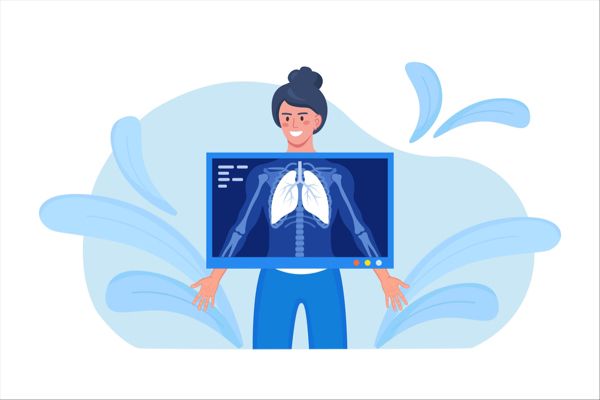What types of protein palmitoylation exist, and what is the significance of these types in the association of proteins with the cell membrane?
Protein palmitoylation is a post-translational modification that involves the addition of a 16-carbon saturated fatty acid, typically palmitate (C16:0), to cysteine residues within target proteins. This modification plays a crucial role in various cellular processes such as signal transduction, protein trafficking, and viral budding. There are two main types of protein palmitoylation: N-palmitoylation and S-palmitoylation.
N-Palmitoylation: In this type of palmitoylation, the fatty acid is attached to the nitrogen atom of an amino acid residue adjacent to the carboxy terminus of the protein. The most common amino acid involved in N-palmitoylation is cysteine, although serine and threonine can also be modified under certain conditions. N-Palmitoylation occurs on a wide range of proteins, including G-protein coupled receptors, ion channels, and synaptic proteins. This modification contributes to the membrane association of these proteins by promoting their interaction with lipid bilayers through hydrophobic interactions between the fatty acid chains and the hydrophobic core of the membrane.
S-Palmitoylation: In S-palmitoylation, the fatty acid is attached to the sulfur atom of a cysteine residue separated from the carboxy terminus of the protein. This type of palmitoylation is less well characterized than N-palmitoylation but has been observed for several proteins, including HRas and PDEδ. Like N-palmitoylation, S-palmitoylation can also contribute to membrane association of proteins by promoting their interaction with lipid bilayers through hydrophobic interactions.
Implications for Membrane-Association of Proteins:
Protein palmitoylation plays a crucial role in directing proteins to lipid rafts within the membrane. These rafts are cholesterol-rich microdomains that operate as platforms for cellular signaling. When a protein is modified by palmitoylation, it can move towards these lipid rafts, allowing it to participate in essential cell signaling processes.
In addition to facilitating membrane association, protein palmitoylation also influences protein stability, trafficking and activity. For instance, palmitoylation can guide a protein's transport from the Golgi apparatus to the plasma membrane or other organelles.
Moreover, mutations that interrupt the palmitoylation of specific proteins can lead to the onset of diseases. An example is a group of genetic disorders called 'neuroacanthocytosis syndromes', which can occur due to errors in the protein VPS13A's palmitoylation.
In summary, protein palmitoylation is a fundamental modification process that affects the membrane association of the proteins, their localization, stability, and function, and its misregulation could lead to disease conditions.




